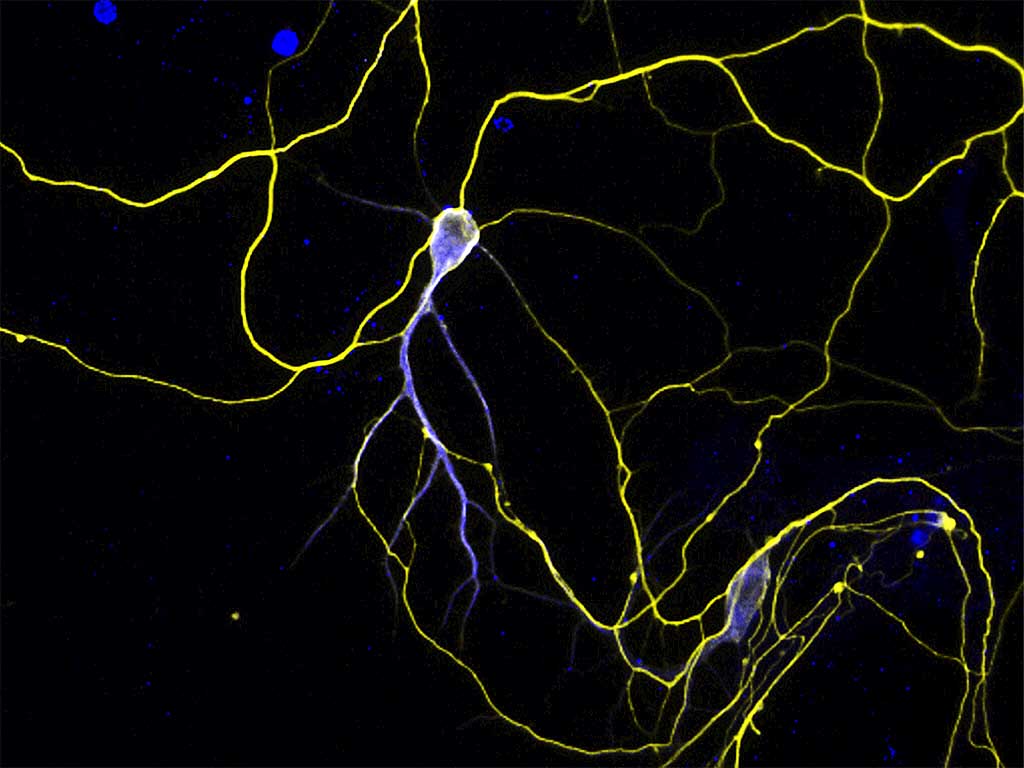Spontaneous activity regulates Robo1 transcription to mediate a switch in thalamocortical axon growth
Developing axons must control their growth rate to follow the appropriate pathways and establish specific connections. However, the regulatory mechanisms involved remain elusive. By combining live imaging with transplantation studies in mice, we found that spontaneous calcium activity in the thalamocortical system and the growth rate of thalamocortical axons were developmentally and intrinsically regulated. Indeed, the spontaneous activity of thalamic neurons governed axon growth and extension through the cortex in vivo. This activity-dependent modulation of growth was mediated by transcriptional regulation of Robo1 through an NF-B binding site. Disruption of either the Robo1 or Slit1 genes accelerated the progression of thalamocortical axons in vivo, and interfering with Robo1 signaling restored normal axon growth in electrically silent neurons. Thus, modifications to spontaneous calcium activity encode a switch in the axon outgrowth program that allows the establishment of specific neuronal connections through the transcriptional regulation of Slit1 and Robo1 signaling..

 Español
Español

